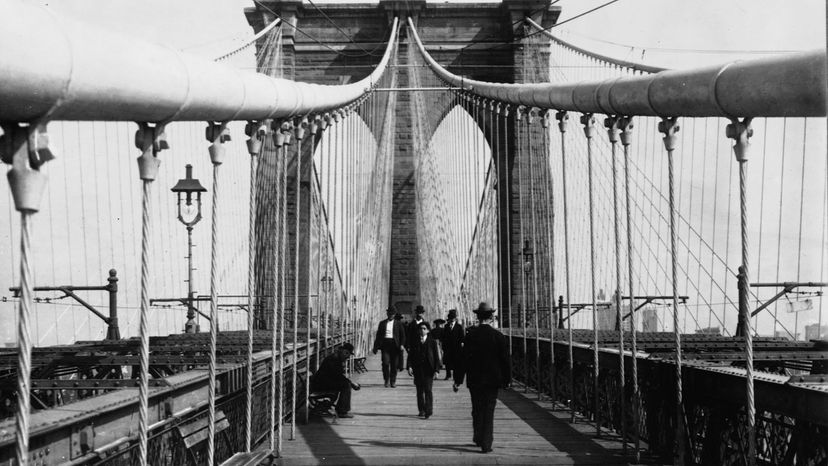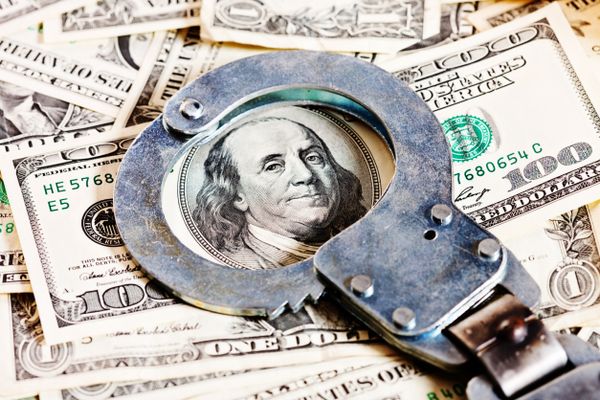
The 21st century is a scammer's paradise. The internet has made it easy to snatch any dewy-eyed person's dollars or identity – we're only one phone call, malicious link, or credit card swipe away from fraud or extortion. But scams aren't a modern invention. Unfortunately, plenty of people in the past fell victim to the whims of unscrupulous snake oil salesmen and smooth talkers. It took a bit more effort to swindle people out of thousands of dollars in the late 19th and early 20th centuries, but it was possible. And longtime con artist George C. Parker was a pro at it.
At the time, millions of immigrants seeking better lives entered the United States through the "Golden Door," better known as New York City. Largely impoverished and hopeful, these immigrants were perfect targets for opportunistic tricksters like Parker. Cunning and ruthless, Parker took advantage of naive immigrants and tourists by selling them buildings and monuments that he had never even owned. In the end, his misdeeds got him a life sentence at Sing Sing Prison, where he died – but not before he made a pretty penny by evading the law and duping impressionable strangers.
Advertisement


